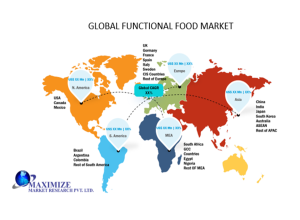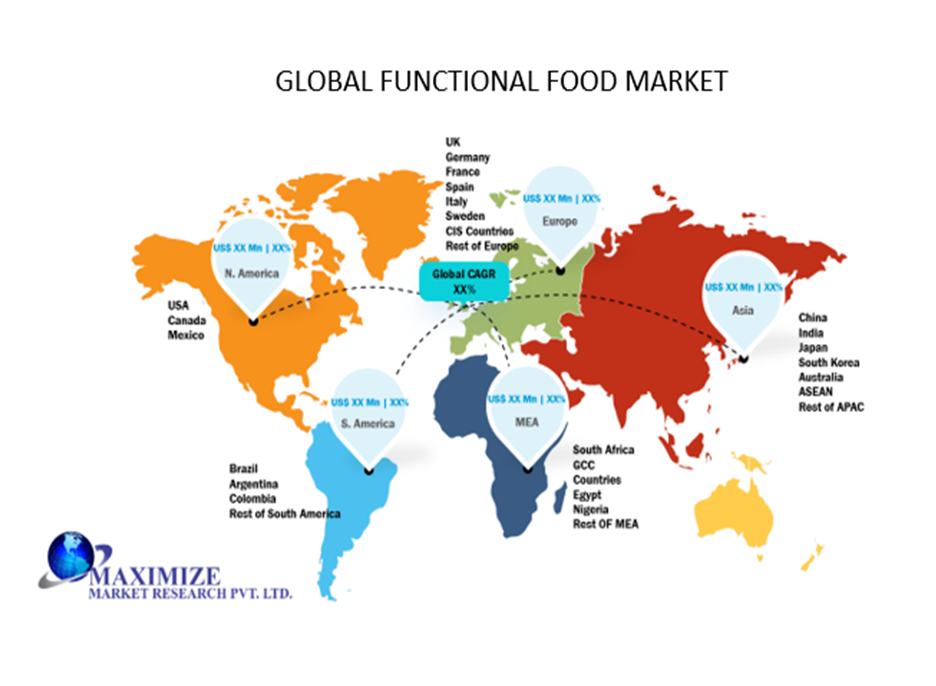Introduction: Global Dynamics in the Grocery Industry
The grocery industry operates in a dynamic global landscape, shaped by evolving consumer preferences and market trends. This article scrutinizes global market trends in the grocery sector and identifies promising international grocery stocks by analyzing expansion strategies, regional dominance, and consumer-focused adaptations.
Global Grocery Market Trends and Dynamics
Understanding the global grocery market’s dynamics involves examining market size, growth projections, and emerging trends. Exploring shifts in consumer behavior, e-commerce adoption, and sustainability preferences provides insights into market trajectories.

Regional Market Dominance and Expansion Strategies
Identifying grocery companies that dominate regional markets and their expansion strategies is crucial. This section evaluates market leadership, market share, and growth plans adopted by international grocery stocks across diverse regions.
Adaptation to Diverse Consumer Preferences
Consumer preferences vary significantly across regions. Assessing how international grocery stocks adapt their products, marketing strategies, and services to meet diverse consumer demands helps identify market leaders.
Promising International Grocery Stocks in Developed Markets
Analyzing grocery stocks’ performance in developed markets showcases their adaptability and growth potential. Companies demonstrating success in markets with established infrastructures often signify strong market positioning.
Emerging Market Players and Growth Prospects
Exploring grocery stocks thriving in emerging markets unveils growth opportunities. Factors such as market penetration, innovation, and local partnerships contribute to identifying promising prospects in these regions.
Expansion Strategies and Market Entry Modes
Grocery companies employ diverse strategies for market entry, including acquisitions, partnerships, or organic growth. Evaluating the effectiveness of these strategies in capturing market share and sustaining growth is crucial.
Technological Integration and Digital Advancements
Assessing the integration of technology in grocery stocks’ operations, such as online platforms, supply chain optimization, and customer engagement tools, determines their readiness to adapt to evolving market trends.
Consumer-Centric Approaches and Brand Loyalty
Consumer-centric approaches and building brand loyalty play a significant role. Examining how grocery stocks focus on customer satisfaction, loyalty programs, and brand identity influences their market competitiveness.
Risks and Challenges in International Expansion
International expansion entails risks like regulatory complexities, cultural differences, and geopolitical uncertainties. Understanding how grocery stocks navigate these challenges determines their resilience and adaptability.
Long-Term Viability and Sustainable Growth
Evaluating the long-term viability and sustainability of growth prospects involves scrutinizing strategic planning, innovation, and adaptability to changing market dynamics.

Conclusion: Seizing Opportunities in Global Grocery Markets
In conclusion, identifying promising international grocery stocks involves a comprehensive assessment of their expansion strategies, regional dominance, consumer adaptations, and their ability to thrive in diverse markets. These factors lay the groundwork for seizing opportunities in the dynamic global grocery landscape.




